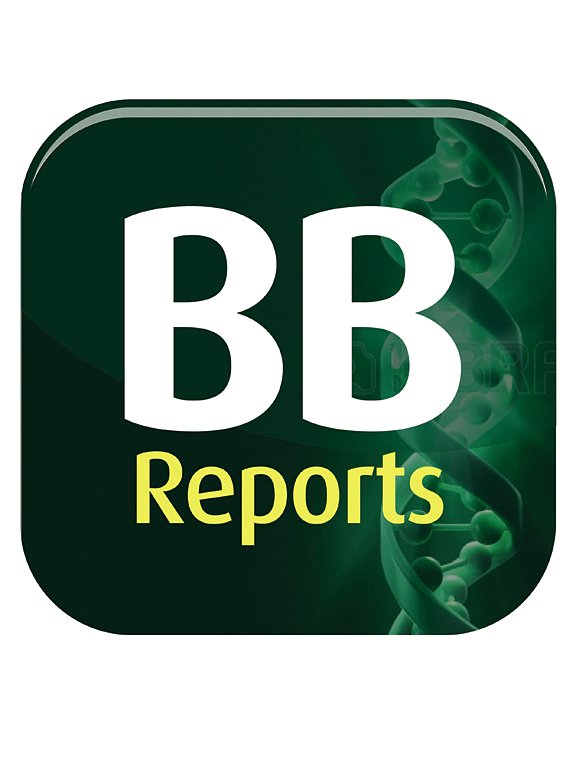Effect of epigallocatechin-3-gallate (EGCG) on cognitive functioning and the expression of APP and BDNF in the hippocampus of rats with streptozotocin -induced Alzheimer-like disease
IF 2.3
Q3 BIOCHEMISTRY & MOLECULAR BIOLOGY
引用次数: 0
Abstract
We aimed to investigate the potential therapeutic effects of the active substance of green tea, epigallocatechin-3-gallate (EGCG), on behavioral phenotypes and markers of neurogenesis in an Alzheimer disease (AD) rat model. The groups included sham, AD, and three AD groups receiving orally EGCG with different doses of 25, 50, and 100 mg/kg. The AD model was induced by intracerebroventricular (icv) injection of streptozocin (STZ) at a dose of 3 mg/kg. Spatial learning and memory were evaluated in the Morris water maze (MWM) test. Real-time PCR assay was used for evaluating the expression of beta-amyloid precursor protein (APP) and brain-derived neurotrophic factor (BDNF) in the hippocampus of animals. STZ disrupted the function of animals in MWM acquisition phase by almost 65 % and all doses of EGCG could return the learning parameters to those of control animals. STZ also impaired the memory function (P < 0.05) and a dose of 25 mg/kg EGCG could significantly return it to the control level (29 % vs 53 %, P < 0.01). Hippocampal APP gene expression was increased in the AD group and EGCG with dose 25 mg/kg decreased it significantly (P < 0.05). AD animals had decreased levels of hippocampal BDNF and treating with dose 25 mg/kg of EGCG could significantly increase it (P < 0.05). EGCG with dose 25 mg/kg can improve spatial memory deficits in AD model rats. It may be due to the impact on the expression of hippocampal factors involved in AD pathology. These findings could provide a beneficial insight for developing novel, safe, and efficient natural compounds for preventing or alleviation AD symptoms in humans.

求助全文
约1分钟内获得全文
求助全文
来源期刊

Biochemistry and Biophysics Reports
Biochemistry, Genetics and Molecular Biology-Biophysics
CiteScore
4.60
自引率
0.00%
发文量
191
审稿时长
59 days
期刊介绍:
Open access, online only, peer-reviewed international journal in the Life Sciences, established in 2014 Biochemistry and Biophysics Reports (BB Reports) publishes original research in all aspects of Biochemistry, Biophysics and related areas like Molecular and Cell Biology. BB Reports welcomes solid though more preliminary, descriptive and small scale results if they have the potential to stimulate and/or contribute to future research, leading to new insights or hypothesis. Primary criteria for acceptance is that the work is original, scientifically and technically sound and provides valuable knowledge to life sciences research. We strongly believe all results deserve to be published and documented for the advancement of science. BB Reports specifically appreciates receiving reports on: Negative results, Replication studies, Reanalysis of previous datasets.
 求助内容:
求助内容: 应助结果提醒方式:
应助结果提醒方式:


